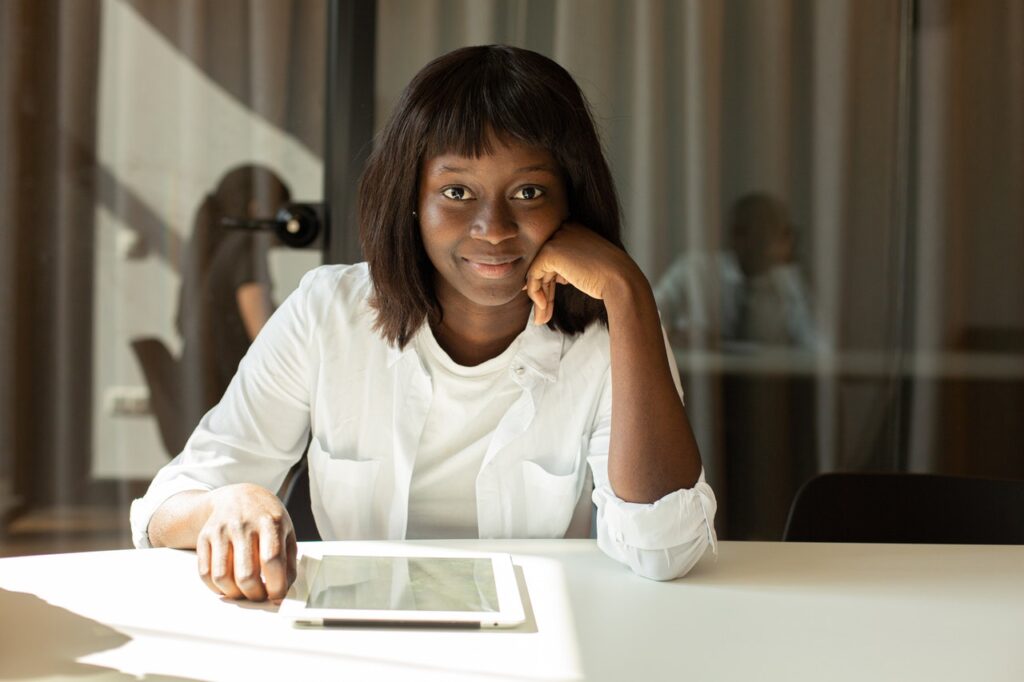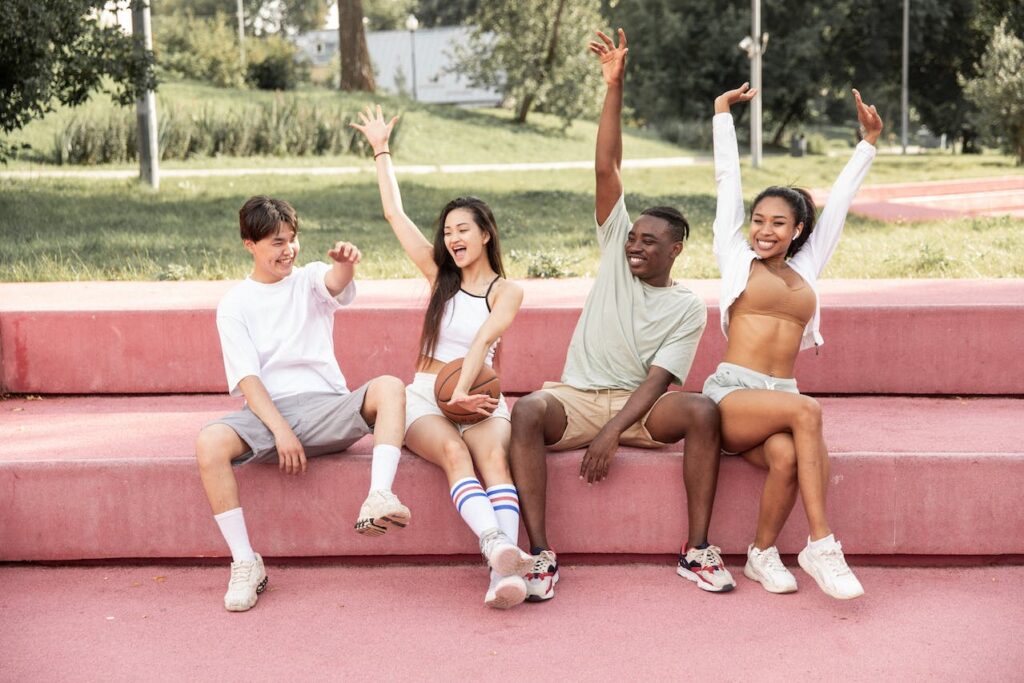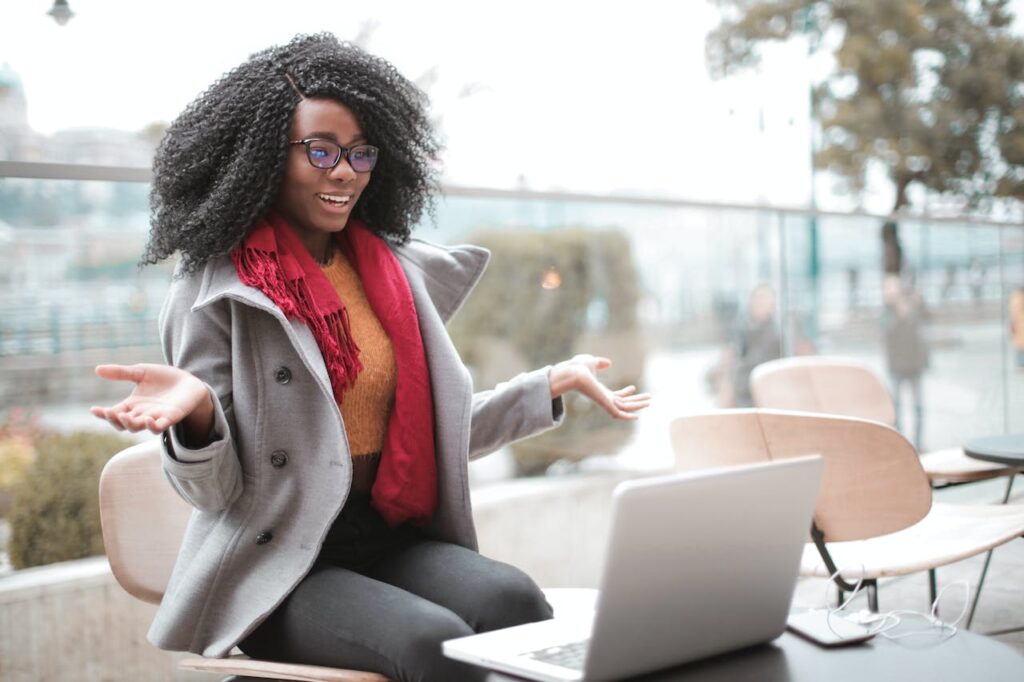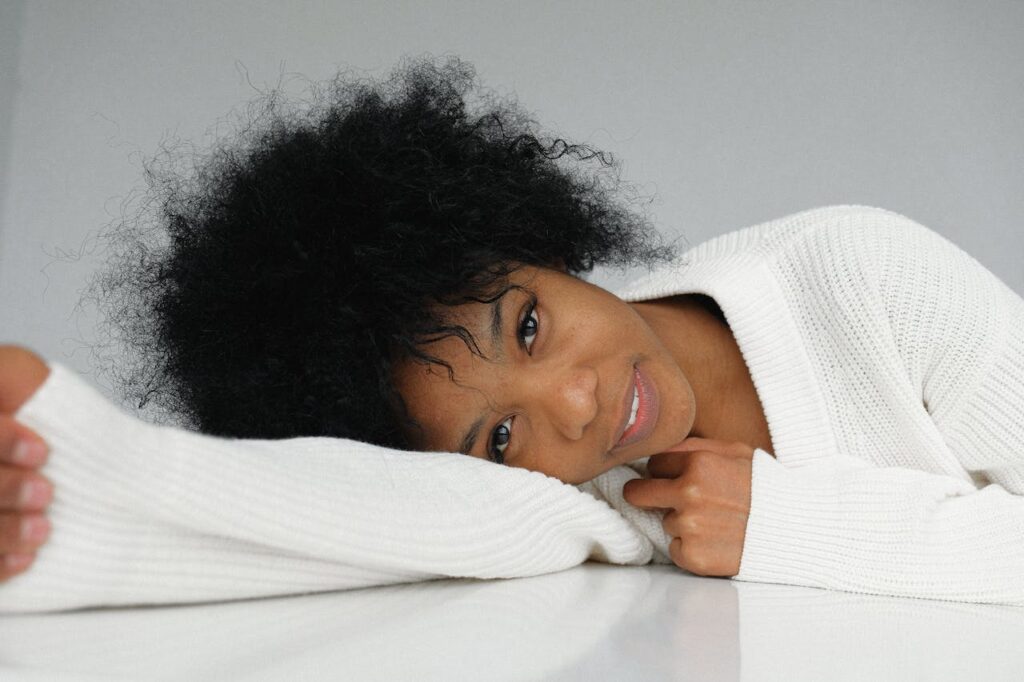According to a 2020 survey conducted by the personal care brand Dove, 96% of women do not consider themselves beautiful. This is evidence that an alarmingly high number of women are struggling with body image, and it’s a serious problem. Beauty is the 4th largest industry in the United States, and yet most women don’t feel beautiful?
The numbers just don’t add up… until you start paying attention to social media and how influencers portray conventional beauty. It makes you wonder: have we bought into the opinion of influencers whose only objective is to capitalize on our low self-esteem?
In this article, I will define conventional beauty vs. unconventional beauty. By marking their differences, you’ll see how the latter helps women embrace their unique beauty and cross the false boundary created by social media to belittle and divide us.
Conventional Beauty Vs Unconventional Beauty
Conventional beauty is a classification of beauty standards presented by a group of influencers, stating that only women who exhibit certain physical characteristics are considered beautiful. Any woman lacking any of their ideal features is excluded from being considered “beautiful.” This concept is destructive because it normalizes unrealistic expectations and exerts pressure on women to pursue the illusion of ideal beauty.
By contrast, unconventional beauty expands the spectrum of features that are considered beautiful, and cultivates a space for more, indeed all women to be perceived as beautiful, not just a select few. Unconventional beauty is richly diverse, not limited to one complexion, hair texture, height, weight, or body shape. It redefines society’s standards and helps women develop a more positive perception of themselves.
Women Who Are Breaking Social Beauty Conventions
Even as we are crushed beneath a constant barrage of conventionally beautiful, photoshopped images from the media, ordinary women are crossing these false boundaries to claim positive feminine self images. They are boldly advocating for the truth about beauty, many by joining forces with the fashion industry. Some of these women include plus-size models like Ashley Graham, and dark-skinned, Afro-centric actresses like Lupita Nyong’o.
Then there is a special group of women whom we rarely see in the headlines. These women communicate the most powerful message of all unconventional beauty standards to the world: living with physical disabilities.
We are talking about women who experience down syndrome, missing limbs, or visual and hearing impairments. These women are usually neglected by society. They are more likely to experience greater body dissatisfaction because they are often perceived by conventional beauty as abnormal. They receive higher rates of stigmatizing due to their physical differences.
The good news is that beauty diversity embraces even these women.
Below are 3 disabled models who exemplify unconventional beauty:
- Rebekah Marine, born without a right forearm, was insecure about her looks during her youth. But over time, she began to see herself as beautiful. Since her boost in confidence, she has been featured in several popular magazines, including Teen Vogue and People Magazine. In 2016, she walked the runway as a model during New York Fashion week.
- Jillian Mercado is a wheelchair-bound woman who was diagnosed with spastic muscular dystrophy as a young girl. But she did not allow her disability to hinder her from her modeling career. She appeared in the Nordstrom disabled catalog as well as many other fashion publications.
- Cacsmy Brutus, known as Mama Cax, was a Haitian-American disabled model and speaker. She had every reason to allow life’s misfortune to silence her. At the age of 14, she was diagnosed with a bone cancer that spread to her lung. At 16, she underwent an unsuccessful hip replacement that ended in part of her hip and her entire right leg getting amputated.
Although this surgery changed her image forever, she decided to show up and speak out. She became an amputee model and was featured in magazines like Essence, Cosmopolitan, and Teen Vogue. During the Obama presidency, she walked in the White House Fashion show. She hit the runway with no fear and showed off her prosthetic leg instead of hiding it. Sadly, she is no longer with us, but her legacy continues to echo into the world.
This is what unconventional beauty is all about. Thanks to these women, as well as many others, the social perception of beauty is expanding, and doors are opening for other women who dare to follow in their footsteps.
Although social media influencers have conditioned us to believe in their opinion of beauty, if we all make the decision to accept ourselves as beautiful, we can reduce the stigma of “abnormal” or unconventional physical features and disabilities in our society.
Together we will reverse the statistics from 96% of women who do not consider themselves beautiful into 96% of women who believe in their unique beauty.




